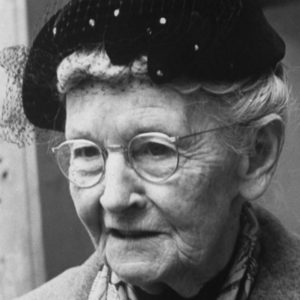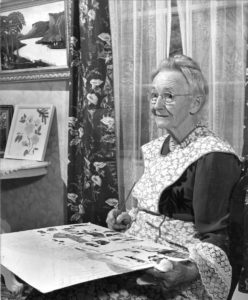
1860 - 1961
Grandma Moses
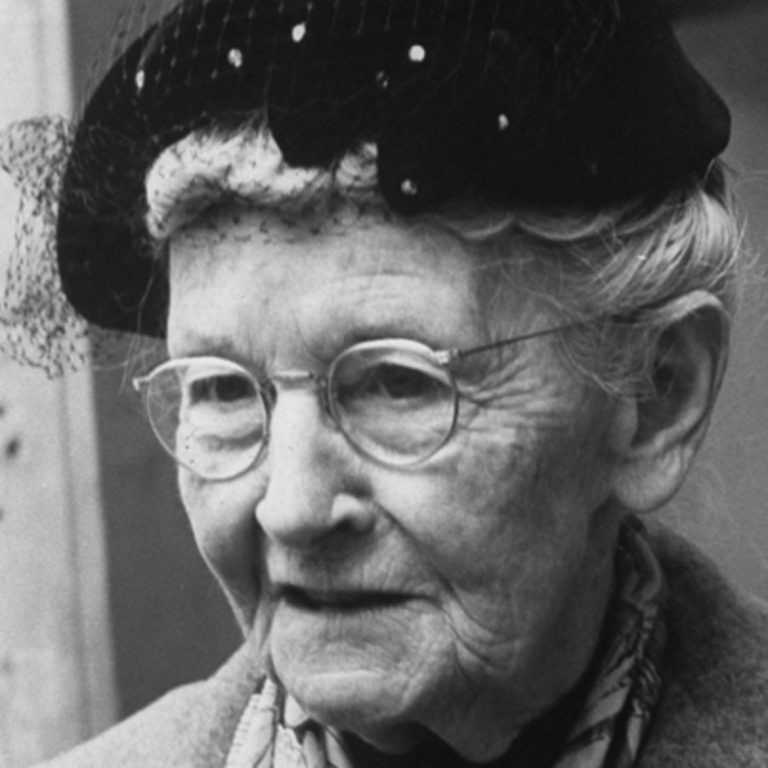
description
Her real name was Anna Maria Moses, born Robertson. An American self-taught artist, one of the first and the main representatives of pictorial primitivism in her country. Having started to paint at the age of 60, the artist presented her paintings at hundreds of exhibitions not only in the United States, but throughout Europe. 16 million Christmas cards of Grandma Moses were issued. In 1949, President Truman gave the artist the award For Outstanding Achievements in the Arts; she received an honorary doctorate in several US schools. Factories produced fabrics and dishes with paintings of Moses; some movies about her life were created; the monograph “Grandmother Moses: American Primitive” (autobiographical notes, edited by O. Kallir, introduction by L. Bromfield) became the best-selling art book. Grandmother Moses’s birthday became a holiday in New York (the artist lived 101 years). A crater on Venus was named after her.
Key ideas:
– Anna Maria Robertson-Moses, who entered the world of fine arts as Grandma Moses, loved to paint from childhood. However, hard farm work, which she had been busy with until she turned 67, did not let her paint. Starting at first to embroider, and then to paint at the age of 76, she created primitive paintings resembling child’s drawings; then she gave them to her relatives, friends and acquaintances. Paintings created by the simple peasant woman from a deep province made people happy. The subjects of the plots were understandable to everyone; moreover, they did not require any special knowledge of art and culture necessary for understanding canvases of Symbolists or Cubists.
– In the paintings of the old woman, everything is as easy as in childhood: winter is white and light; spring is bright and light green, summer is dark green and fertile, autumn is brown and golden (by the way, Moses painted autumn very rarely). As the artist took plots for her paintings from life, she depicted sleighs and carts, horses, chickens and geese, mills and bridges, as small as toys.
– Ideal farms, rustic household and festive scenes — often multi-figured and narrative — are distinguished by their flatness, a significant distortion of perspective, and uncomplicated artistic-technical methods characteristic of naïve art. Nevertheless, all this together with juicy spots of harmoniously combined colors brightly expresses the inner creative freedom of the artist, independent of rules. The life-affirming beginning comes also from the feeling that the artist enjoyed the creation process, not worrying of the result and putting a maximum of positive energy into her paintings.
– Primitive paintings of Grandma Moses are so much sincere and poetic that it is difficult to remain indifferent watching them. Moreover, those farmer’s landscapes and lovely scenes that are depicted on those canvases, came from the simple life that many people either dream of or recall with nostalgia.
1860
1870 - 1880
1905
1918
1920 - 1930
1938 - 1939
1940 - 1942
1944 - 1945
1946
1949
1950
1960
1961
The birth of the artist
Worked for hire
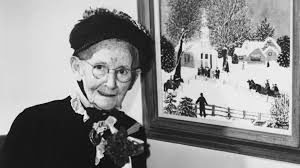
Family of Moses bought a farm in Eagle Bridge
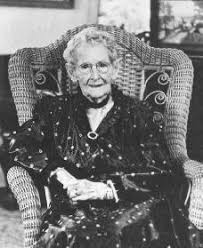
Created her first painting on the wall of the fire stove in her guestroom
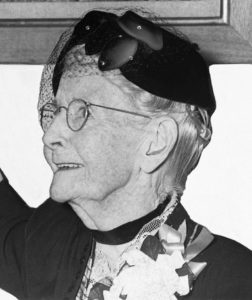
Demonstrated her paintings at local fairs
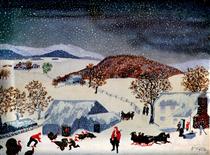
Louis Kaldor bought 14 of her paintings
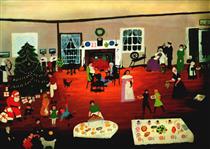
O. Kallir and Kaldor organized the artist’s first exhibition

The Gallery Saint-Etienne organized 2 exhibitions of Moses
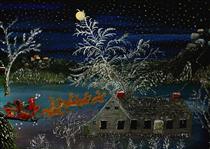
Got the right to hold a large national exhibition

In Washington, Anna met with President H. Truman
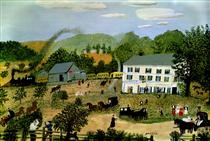
A color documentary about Moses
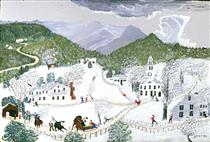
100th anniversary
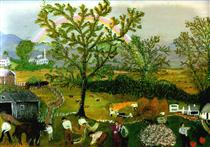
The death
